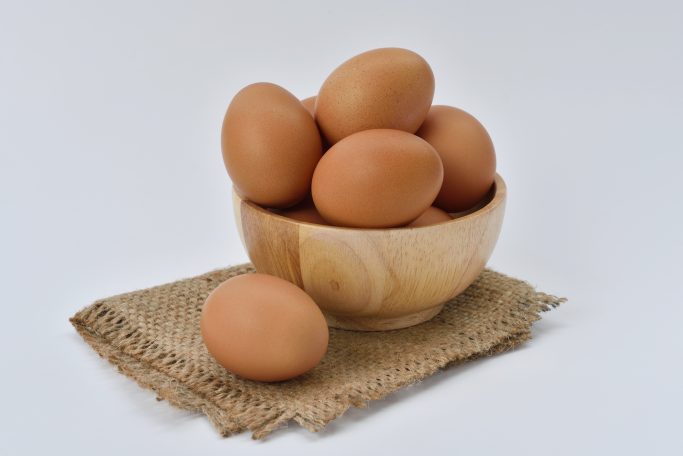During this stressful period stuck at home, it’s easy to let go of our good eating habits and just opt for comfort food. That’s why the Heart Foundation is calling for everyone to stick to a healthy eating plan and exercise to ensure good heart health.
“We’re encouraging Aussies to adopt a heart-healthy eating pattern by filling their plates with a good mix of veggies, fruits and wholegrains, together with some healthy proteins like fish, legumes or smaller amounts of lean chicken or eggs,”
said the Heart Foundation’s Health Strategy Director, Julie Anne Mitchell
It’s recommended, especially for those with heart disease or high cholesterol, to choose lower-fat options in yoghurt, milk, and cheese, and eat no more than seven eggs for people with Type 2 Diabetes.

Long before COVID-19, poor eating remained one of the highest risks for heart disease (killing 48 people a day). Since many of us will now be eating breakfast, lunch, and dinner at home, it’s the perfect time to make meal plans to save money, minimise waste and maximise nutritional value not only to stay healthy but to also support our immune systems.
The Heart Foundation’s 5 heart-friendly eating tips
1# Prepare ahead but don’t hoard
Stocking up on a few extra staples is sensible but there is no need to hoard as supermarkets will stay open during the COVID-19 lockdown. Plan your meals ahead and shop with a list to ensure you’re getting the right ingredients for a variety of breakfast, lunch and dinner meals to minimise food wastage and cost.

2# Fresh, canned or frozen – it’s about the mix.
Frozen veggies can be just as healthy as fresh options. Canned vegetables, beans or fruit have an extra-long shelf life, so they are perfect for your pantry. When choosing canned vegetables and legumes (like beans or lentils), buy “no added salt”, “low-salt” or “reduced-salt” versions and choose fruit canned in juice rather than syrup.
“Shoppers buying any canned or packaged foods should turn the product over and read the nutrition label. It’s best to compare products in the same category and opt for those with lower sodium or added sugar levels,”
added Ms Mitchell
3# Choose heart-healthy proteins over red meats

Heart-healthy proteins like fish or seafood are an excellent source of omega-3s, which our bodies need but cannot produce. If you can’t get fresh fish, choose canned salmon or tuna in spring water rather than salty brine. Or you can opt for lean chicken or eggs, but if choosing red meat, make sure it is lean and limit to 1-3 meals a week.
4# Set routine mealtimes and cut the couch snacking
Now the couch and fridge are in easy reach, avoid snacking by establishing a mealtime routine to keep work and play separate. If you do snack, go for a handful of unsalted nuts, a cup of veggie sticks or a small plate of cut-up fruit to curb that afternoon craving. Opt for this instead of unhealthy foods like chips, biscuits, chocolate or flavoured sugary drinks. While these unhealthy snacks can be an occasional treat, try to avoid stocking them in your pantry in the first place.

5# Brush up your home cooking skills and get inspired
Staying at home for long periods of time is the perfect opportunity to either learn or brush up on your skills. If you’ve stocked up on pantry essentials like tinned tomatoes or lentils and need inspiration on how to turn them into a meal, why not try some heart-healthy recipes here.

If you’re wondering what to do with all your canned beans or lentils, why not try our Kid-friendly lentil stew, Indian chicken and lentil traybake or Spiced pumpkin and black bean patties.